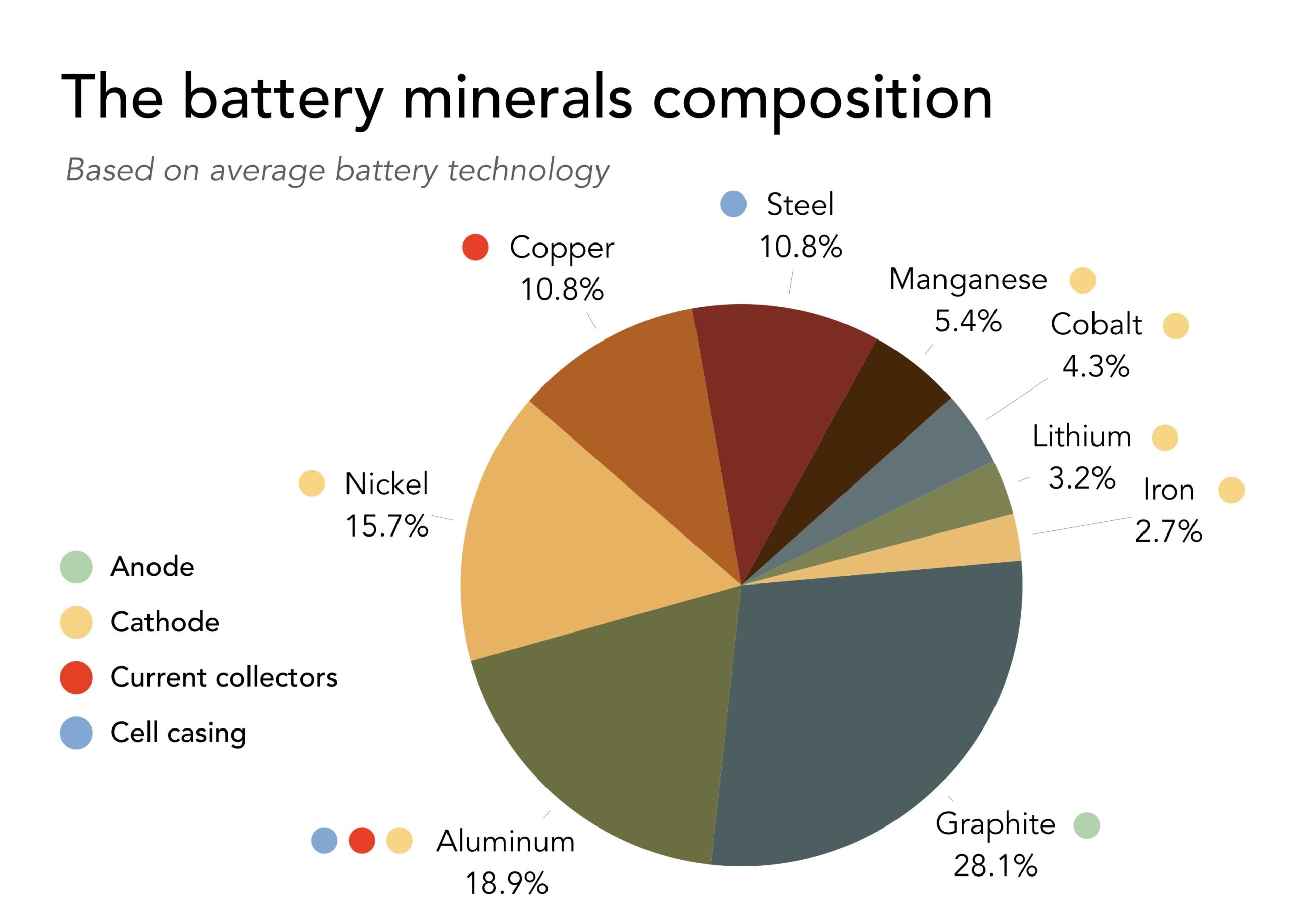Refresh of: “Will 2025 Be the Year of Autonomy?” (Feb 2025)
Author: John Heneghan, with Gemini and Grok AI Assistance
When we asked in February if 2025 would be the year of autonomy, the answer proved to be a resounding “yes,” though not in the ways expected. Developments the past nine months have clarified the autonomy investment thesis: large-scale autonomy is not just about the robots; it’s about an autonomous nervous system.
While individual self-driving cars and humanoid robots remain headline-grabbers, the critical, enabling infrastructure—a global, low-latency “nervous system”—has recently moved to center stage. This shift has been occurring across three key earthly domains: military, commercial, and labor.
1. Military: Strategic Drones
The war in Ukraine has rapidly evolved from remotely piloted drones to a proving ground for AI-driven autonomous systems. We are now seeing:
- Autonomous Targeting: Reconnaissance drones identify a target, “drop a pin,” and an autonomous strike drone is automatically dispatched to the location with minimal human intervention.
- AI-Enabled Munitions: New hardware, like the “AeroVironment Switchblade loitering munitions”, now features onboard AI for autonomous target recognition and route-planning.
The Starlink Connection: This entire “war of autonomy” is enabled by Musk controlled SpaceX’s Starlink Low Earth Orbit (LEO) satellite communication network. Portable Starlink (and secure Starshield for military and intelligence applications) terminals on the front lines provide the high-bandwidth, low-latency connection required for real-time video feeds and beyond-line-of-sight command and control. Starlink dominates mobile frontline bandwidth, but fixed infrastructure and rival LEO constellations (OneWeb, Guowang, Amazon’s Kuiper) are in trials. Ukraine also uses Inmarsat, Iridium, and fiber where available.
2. Commercial: Tesla FSD
Since our article, Tesla has moved from data collection to building tangible features for its robotaxi network. The October 2025 rollout of Full Self-Driving “FSD” (Supervised) v14 is the clearest evidence yet. Lest we confuse our readers, v14 is not unsupervised robotaxi ready. v14 Supervised marks the first robotaxi-grade user experience, but full unsupervised operation awaits regulatory approval and v15+. FSD v14 benefits from over 6 billion miles logged versus Waymo’s ~25M (public 2025 figures).
- “Arrival Options” allow a user to select where the car should stop (e.g., “Curbside,” “Parking Lot”), a vital skill for a commercial ride-hailing service.
- Smarter Navigation now integrates routing with the core neural network, allowing the car to handle real-time detours—a non-negotiable for an autonomous taxi.
The Starlink Connection: While individual Tesla cars don’t require constant satellite internet for driving, a future fleet of millions of Cybercabs and autonomous Tesla Semis will. They will need to download large software update files, upload terabytes of fleet-learning data, and receive real-time fleet management instructions, making a ubiquitous LEO network indispensable.
3. Physical Labor: ‘East vs. West’ Robot Race
In our February article, we highlighted Tesla’s Optimus as the key player in labor autonomy. However, this ‘Western’ narrative is now being directly challenged by an ‘Eastern’ counterpart: China’s XPENG and its ‘IRON’ humanoid robot. There are other global robot competitors including Figure.ai, already shipping robots for simpler humanoid tasks, and Unitree G1, being used in Chinese factories.
Here is comparative table of the leading robot offerings.
| Robot | 2026 Target Use-Case | Est. Price | Key Edge |
| Optimus V3 | Tesla Gigafactories (complex tasks) | $20-$30K | 6B+ miles of FSD data |
| IRON | Showrooms + inspection (Baosteel) | ~$25K | Speed to market |
| Figure 02 | BMW pilot lines (simple tasks) | $50K+ | Safety certifications |
| Unitree G1 | Chinese SMEs (basic labor) | $16K | Lowest Cost |
As of today, it looks like a full-blown strategic race between Tesla Optimus and XPENG IRON with each pursuing a different playbook.
- The “Western” (Tesla) Strategy: This is a vertically integrated, “all-or-nothing” manufacturing play. The stated 2026 goal for the new Optimus V3 is to deploy it in Tesla’s own factories first, solving its own complex labor needs before selling the robot externally. See this X post on Optimus’ methodic ramp from prototype to production.
- The “Eastern” (XPENG) Strategy: This is a parallel, “boots-on-the-ground” approach. XPENG’s ‘IRON’ (a direct 5’10”, 154-lb competitor) has also been tested on its EV assembly lines. However, at its AI Day on November 5, 2025, the company revealed a more nuanced 2026 commercialization plan:
- Manufacturing is Hard: The CEO admitted large-scale, complex factory use is likely 3-5 years away.
- Immediate 2026 Goal: Their 2026 mass-production goal is to first deploy IRON in commercial service roles—as receptionists and guides in their showrooms.
- Industrial Niche: Simultaneously, they are partnering with industrial giants like Baosteel to use IRON for simpler, high-value inspection tasks.
The Starlink Connection: This ‘East vs. West’ race for labor autonomy only reinforces the network thesis. Like the Cybercab, a global fleet of competing robots—whether Optimus, IRON, or others—will function as “edge devices.” They will all need a robust “nervous system” to connect back to their central AI “brains” for software updates, shared learning, and remote operation. This creates a strategic race not just for the robot, but for the secure, high-bandwidth network. Starlink/Starshield currently leads in global scale and latency—critical for edge-to-cloud learning.
4. Grand Unifier: The “Golden Dome”
Is tying our autonomy thesis to SpaceX’s Starlink and a new defense initiative a space fantasy?
Based upon 2025 developments, the most logical conclusion is that this is more of a space reality than pure space fantasy.
In May 2025, the U.S. government announced the “Golden Dome,” a proposed space-based missile defense system—a protective layer of satellites to intercept hypersonic threats. Just days ago, reports emerged that SpaceX is a leading contender for up to $2B in funding—alongside Lockheed and Northrop—per recent reports. See linked article above.
This concept is no longer science fiction precisely because Starlink has proven that a mass-produced, low-latency satellite constellation is viable.
Conclusion: As Above, So Below
The “East vs. West” race for autonomy won’t be a contest for just the factory floor—it will be decided in low-earth orbit. As the ancient hermetic principle states, “As above, so below.”
While competitors like XPENG are formidable, they are focused on the ‘below’—the earthly, physical robot. While the ‘West,’ through the strategic alignment of SpaceX and Tesla, has a profound, asymmetric advantage from ‘above’. SpaceX is potentially building the global nervous system (Starlink/Starshield) that all “Western” autonomous fleets will depend on.

Note, Starlink’s commercial terms of service prohibit military use; Starshield is the DoD-hardened variant with a separate constellation. There are also many risks to this thesis, including but not limited to the following bearish cases:
Key Risks to Thesis
- LEO Commoditization: Kuiper live 2026 → pricing pressure
- Regulatory Delay: NHTSA robotaxi approval slips to 2027+
- China Exclusion: Starlink banned in largest EV/humanoid market
The Golden Dome project validates the potential for an artificial autonomous network.
When you view all the pieces as one integrated system—the Golden Dome as the defensive shield, Starlink/Starshield as the nervous system, FSD/Cybercab as the logistics fleet, and Optimus as the labor force—the sheer scale of this economic gambit becomes clear.
Wall Street Consensus (TSLA)
- Rating: Hold (30+ analysts)
- 12-Mo Price Target: $370–$390
- Implied: ~3–8% downside from ~$404
- Bull Case: $600+ (Wedbush) on AI/Optimus
- Bear Case: $120–$200 on margins/regulation
Galactically speaking, Elon announced at Tesla’s recent annual meeting of shareholders that he is exploring ways for Tesla shareholders to invest in SpaceX.
For Tesla and its investors, the Pinky and the Brain answer remains:
‘The same thing we do every day—try to take over the world.’
This time, with satellites.









